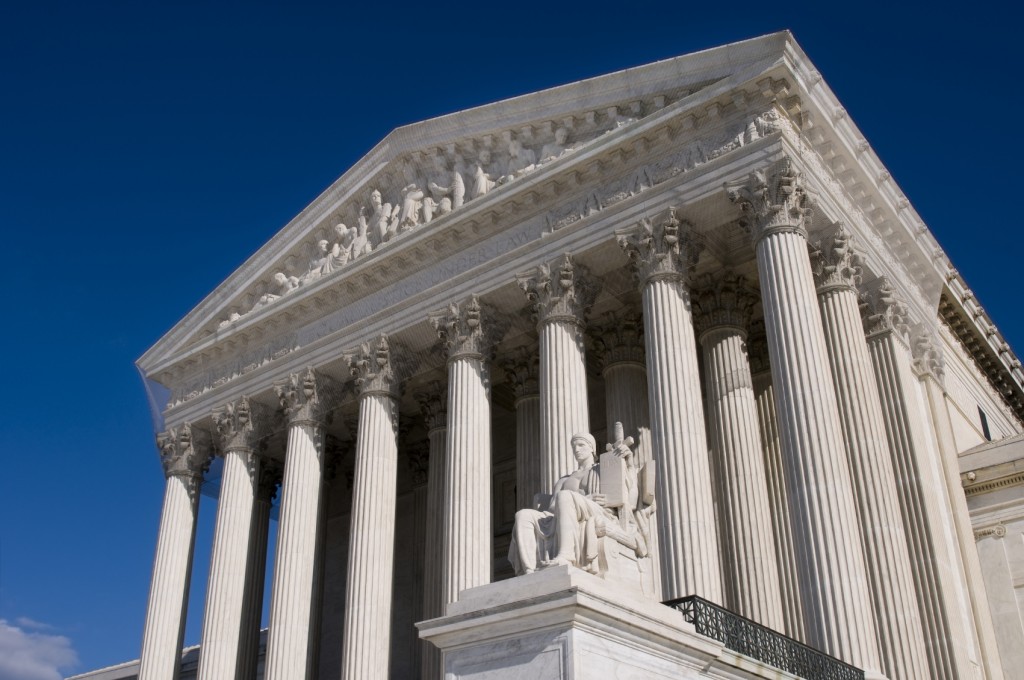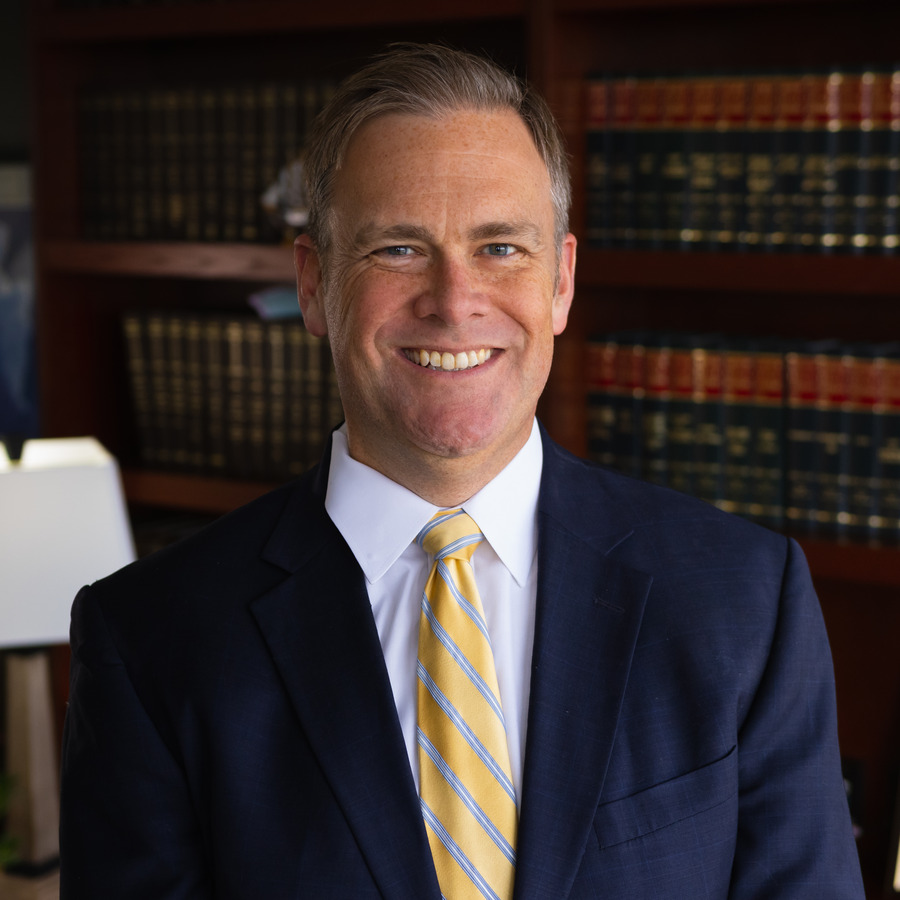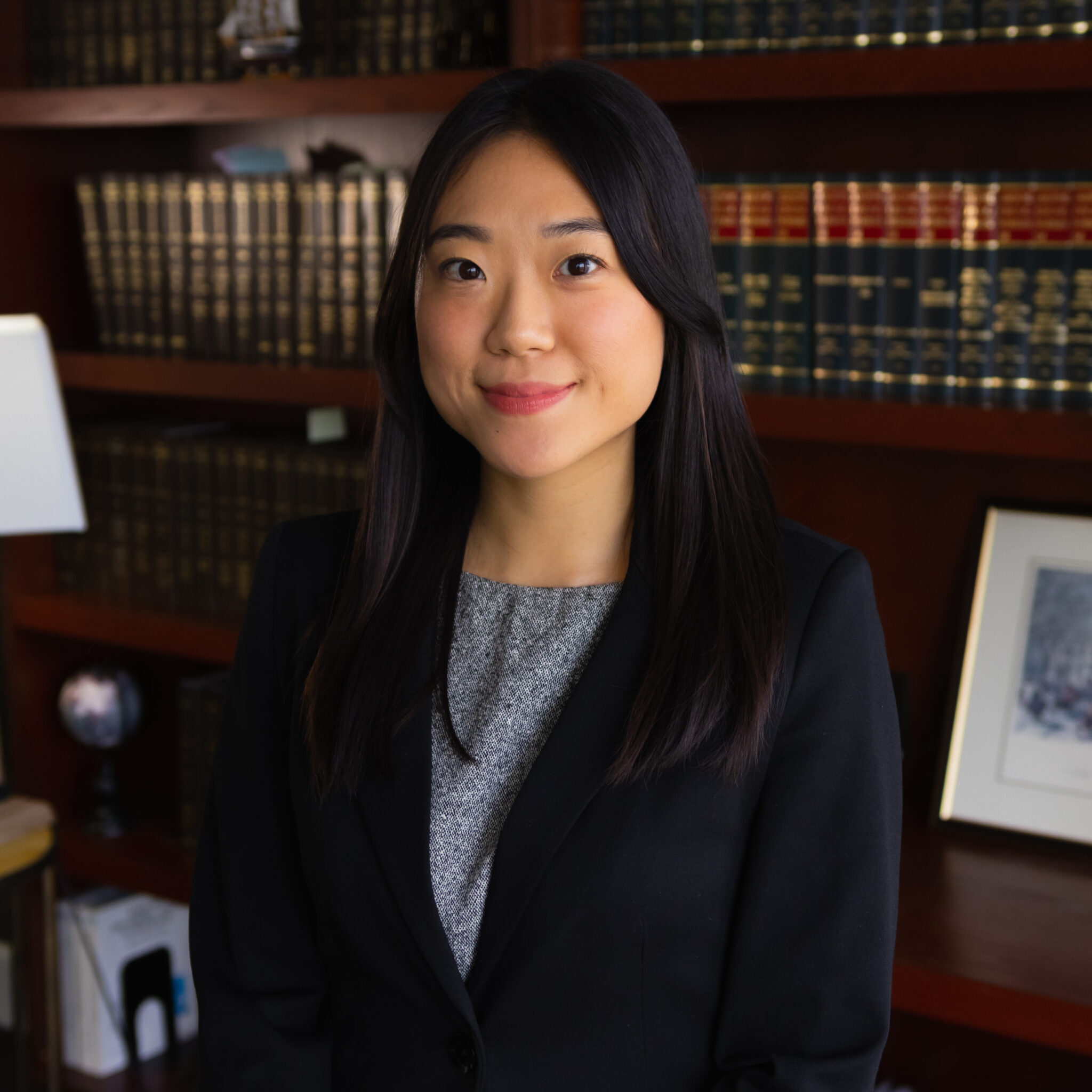
Australia’s student loan repayment program would make many American college graduates jealous. In Australia, borrowers with student loans start making payments once they reach a salary equivalent to $39,152. After reaching this salary threshold, they are automatically charged 4 percent of their total earnings – much like a tax. Borrowers can be charged as much as 8 percent as their salaries increase. Enrollment for this program is also automatic and the only one available in Australia. There is no confusing paperwork and no need for a handful of loan servicers.
By contrast, the Department of Education’s system is confusing for American borrowers. Depending on the type of federal loans borrowers carry, they can choose from a few income-driven plans – IBR, ICR, REPAYE and PAYE. Borrowers must recertify their loans under these programs to stay enrolled (many do not). Many more borrowers struggling with monthly payments have no idea these programs exist. Would this be the case of the Education Department took some pointers from Australia?
Should We Adopt Automatic Enrollment into Income-Driven Plans?
Australia’s student loan program is not perfect. It takes longer for borrowers to pay back their loans and the government takes a 17 percent loss on average. However, there are some strong points to Australia’s program. One major benefit of Australia’s system is that it automatically enrolls borrowers. There is no need to fill out confusing applications. Borrowers in Australia are not required to choose from one of several plans. They do not have to recertify by a specific deadline each year.
Federal lawmakers have explored a few different ways to set up automatic enrollment into these programs. In 2015, U.S. House Representatives considered a bill that would have set up monthly payments to come directly from the paychecks of borrowers. Another House bill from last year considered auto-enrolling borrowers in these programs if they were at-risk or default or delinquent (SIMPLE Act). The SIMPLE Act would have also auto-recertified borrowers each year. Borrowers could also opt out of this program.
Student loan defaults are at an all-time high in the U.S., with 1.1 million defaulting for the first time last year. These borrowers may still have options to get out of default and lower monthly payments. If the circumstances are correct, filing for bankruptcy may also be an option. The Kansas City bankruptcy attorneys at The Sader Law Firm can help struggling student loan borrowers explore which options are available.
 Book an
Book an Email
Email Directions
Directions







